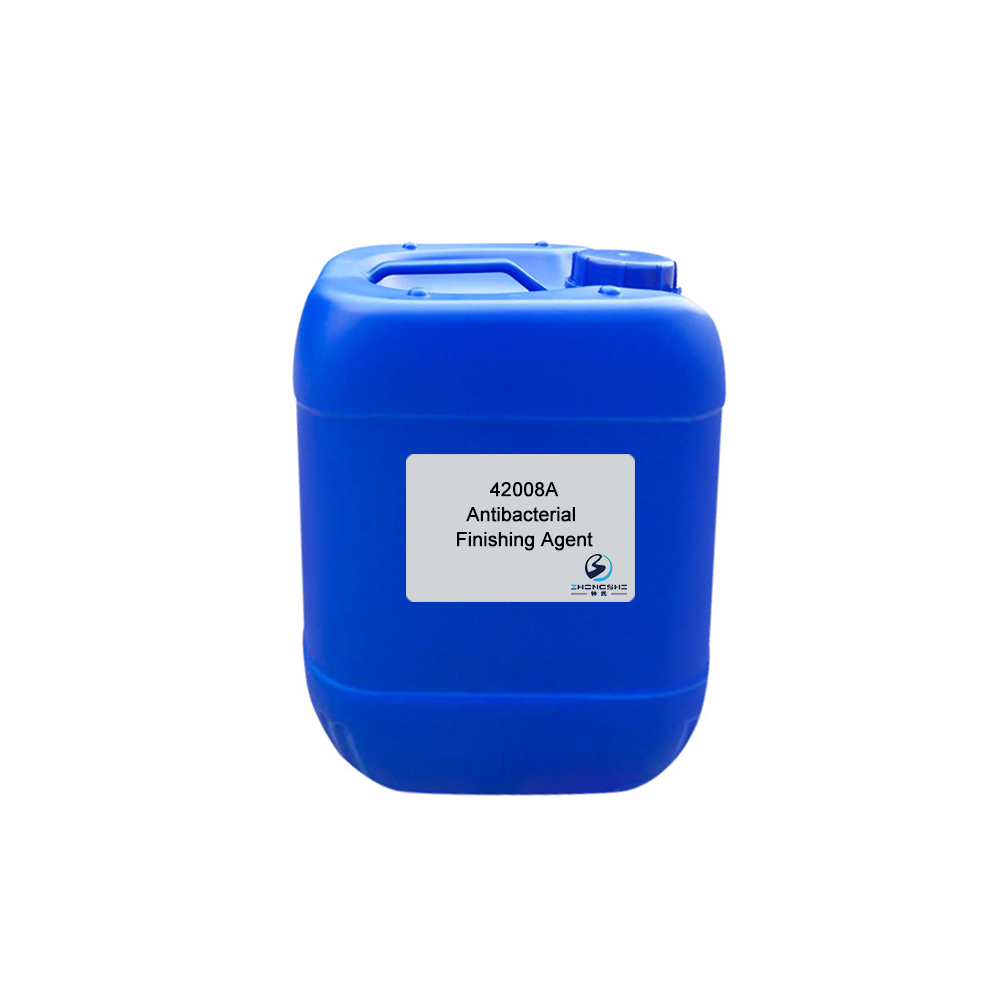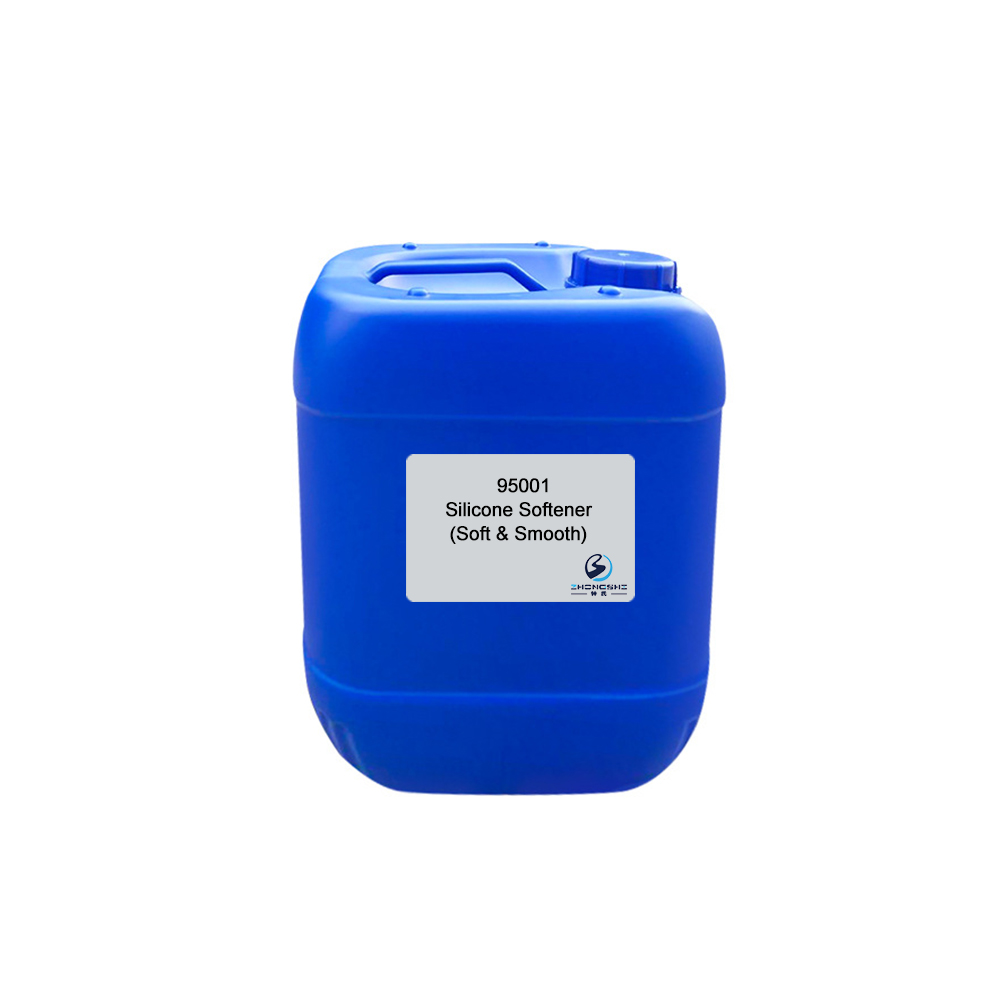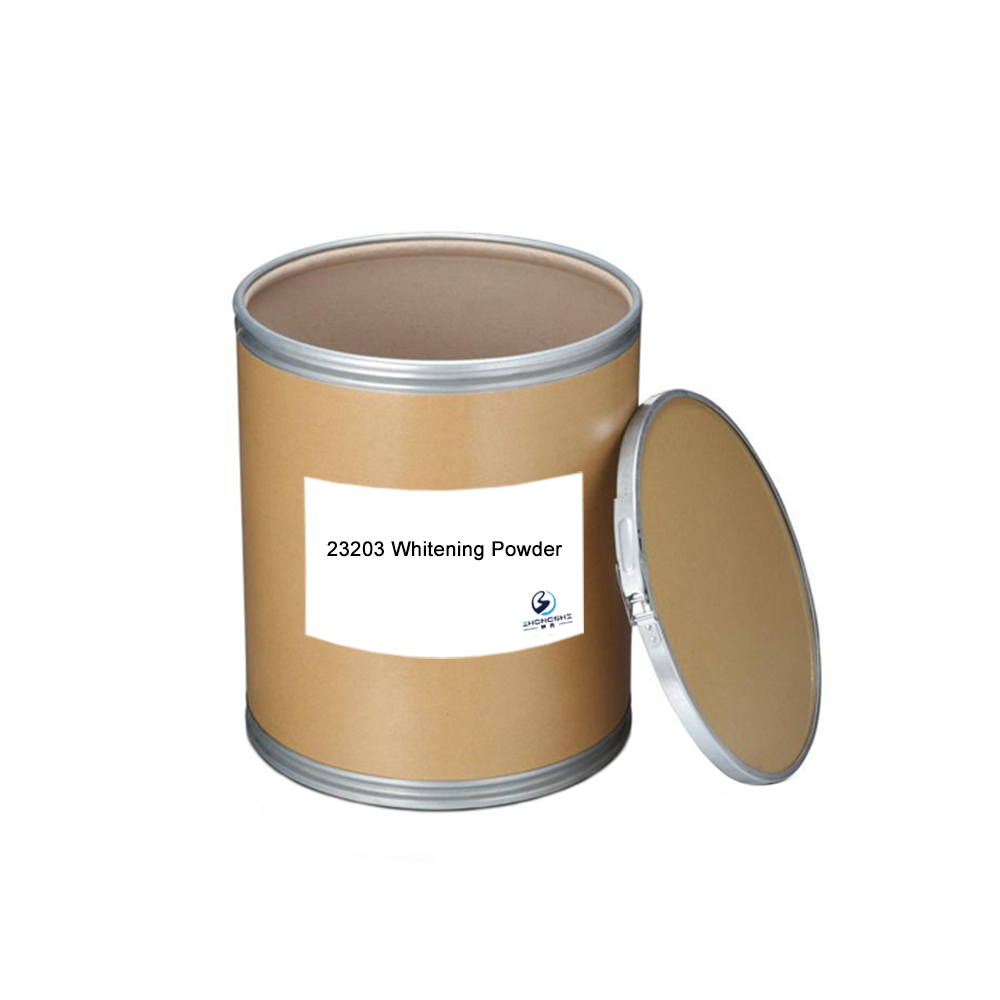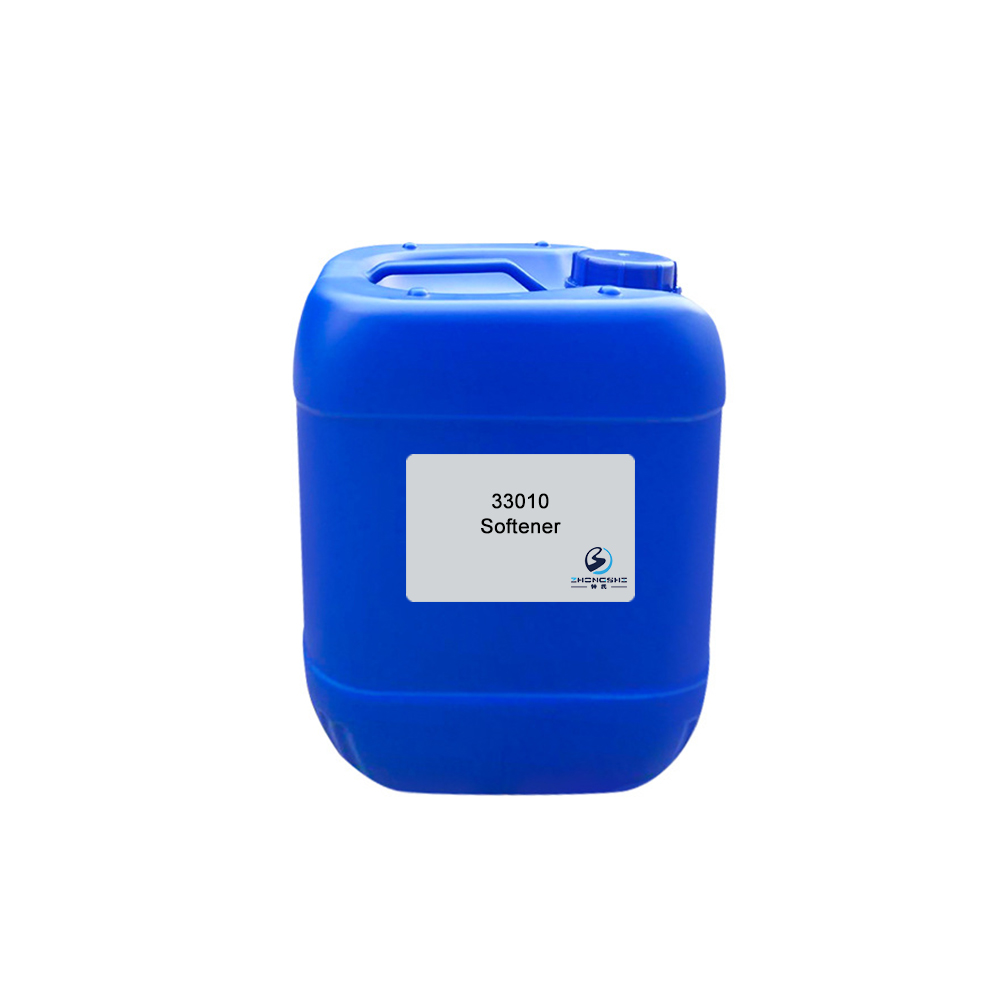Low price for Cotton Aromatic Agent - 44072 Stiffening Resin – Innovative
Low price for Cotton Aromatic Agent - 44072 Stiffening Resin – Innovative Detail:
Features & Benefits
- Contains no formaldehyde. Fits environmental protection requirements.
- Excellent stiffening effect.
- Good reactivity. Can crosslink by itself without using together with curing agent.
- Excellent penetrating ability. Can be absorbed evenly by fabrics.
Typical Properties
| Appearance: | Light yellow transparent liquid |
| Ionicity: | Anionic |
| pH value: | 9.0±1.0 (1% aqueous solution) |
| Solubility: | Soluble in water |
| Content: | 23~24% |
| Application: | Polyester, nylon, cotton and their blends, etc. |
Package
120kg plastic barrel, IBC tank & customized package available for selection
TIPS:
Properties of cotton fiber
Cotton fiber is one of the most important natural textile fibers of plant origin and accounts for about one third of the total world production of textile fibers. Cotton fibers grow on the surface of the seed of cotton plant. Cotton fiber contains 90~95% cellulose which is an organic compound with the general formula (C6H10O5)n. Cotton fibers also contain waxes, pectins, organic acids and inorganic substances which produce ash when fiber is burnt.
Cellulose is a linear polymer of 1,4-β-D-glucose units linked together by valence bonds between the carbon atoms number 1 of one glucose molecule and number 4 of another molecule. The degree of polymerisation of cellulose molecule may be as high as 10000. The hydroxyl groups OH protruding from the sides of the molecule chain link neighboring chains together by hydrogen bond and form ribbon-like microfibrils which are further arranged into larger building blocks of the fiber.
Cotton fiber is partly crystalline and partly amorphous; the degree of crystallinity measured by X-ray methods is between 70 and 80%.
The cross-section of cotton fiber resembles a ‘kidney bean’ shape where several layers can be recognized as follows:
1. The outermost cell wall which in turn is composed of the cuticle and the primary wall. The cuticle is a thin layer of waxes and pectins which covers the primary wall consisting of microfibrils of cellulose. These microfibrils are arranged into a network of spirals with right- and left-hand orientation.
2. The secondary wall is composed of several concentric layers of microfibrils which periodically change their angular orientation with respect to the fiber axis.
3. The collapsed central hollow is lumen consisting of dried remains of cell nucleus and protoplasm.
Product detail pictures:

Related Product Guide:
Scouring & Degreasing Agent is used to remove impurities, dirt, residual sizing agent in natural fibers (cotton, wool, flax, silk) or to remove the spinning oil and sizing agent, etc. in synthetic fibers. Low price for Cotton Aromatic Agent - 44072 Stiffening Resin – Innovative , The product will supply to all over the world, such as: French, Naples, Cairo, High Concentration & Low Foaming Wetting Agent 11026 is nonionic transparent liquid. It can significantly decrease the surface tension of solution and improve the permeability of solution. It is suitable for pretreatment process, dyeing process and finishing process, etc. for various kinds of fabrics. High Concentration & Low Foaming Wetting Agent 11026 is eco-friendly and highly stable. It can be used together with various kinds of surfactants. Wetting Agent 11026 has outstanding wetting and emulsifying function.
The company keeps to the operation concept "scientific management, high quality and efficiency primacy, customer supreme", we have always maintained business cooperation. Work with you,we feel easy!







